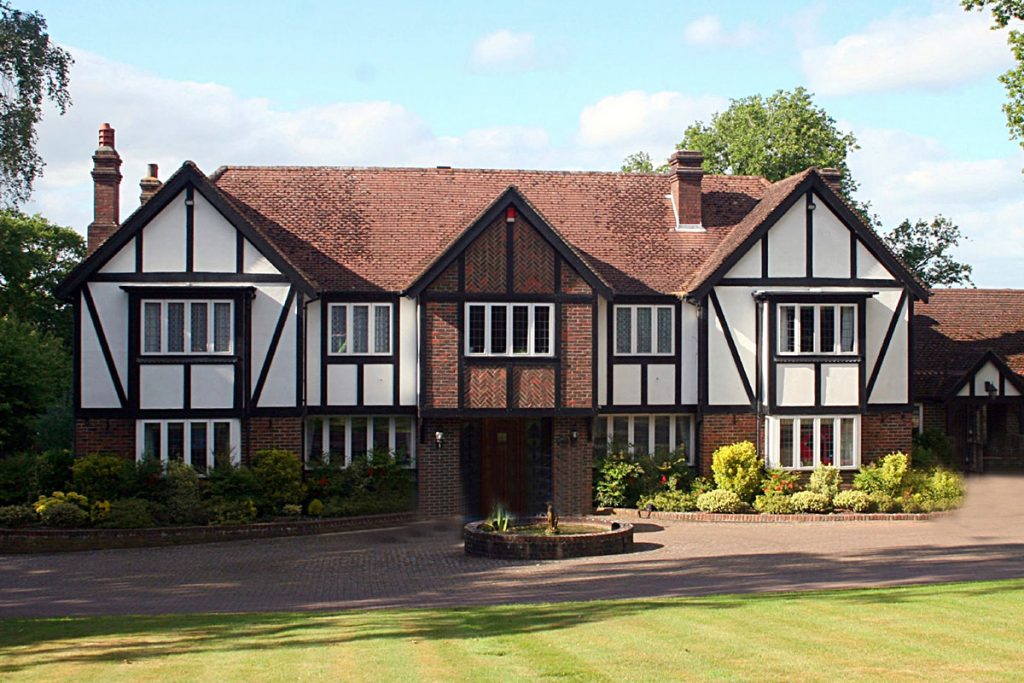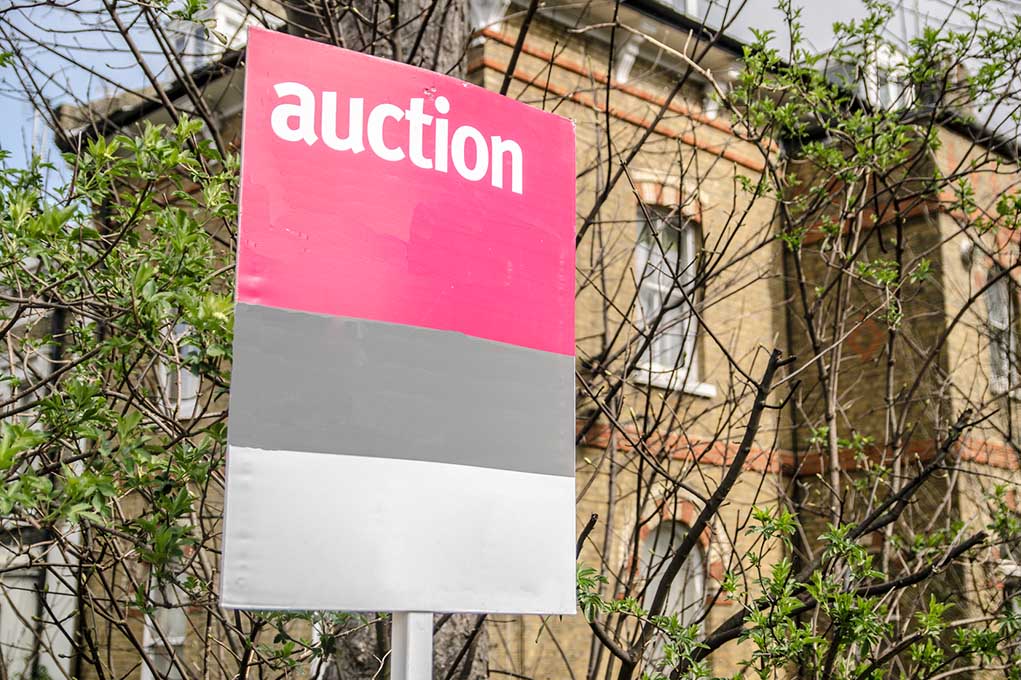Bridging Finance
When circumstances demand a versatile, quick fix solution to your needs
Bridging finance is a short-term loan secured against any type of property or land on an interest-only basis. The term of a Bridging Loan is from as little as one month through to a maximum of 18 months. Bridging finance is available to an individual or a limited company.
Interest and the lenders arrangement fees are typically rolled into the capital advance, therefore there are no monthly mortgage payments to be met. Consequently, Bridging finance is not underwritten on affordably, instead, lenders are looking for a clear exit strategy, which will allow the funding to be redeemed, within the short-term period of the loan.
Bridging loans are faster to arrange and much more expensive than a mortgage or other types of secured loan. You should only consider this option if you have a clear way to repay the bridging finance quickly; for example, selling a house.

Find out more
Below are the main uses and advantages for of bridging finance
Bridging Loans are popular with people purchasing property at auction, as they must complete within 28 days. The ability to get Bridging quickly is a perfect solution for clients who are unable to complete using traditional finance in the stipulated timeframe.
Please get in touch and we will arrange for a quotation, for your consideration, without obligation



